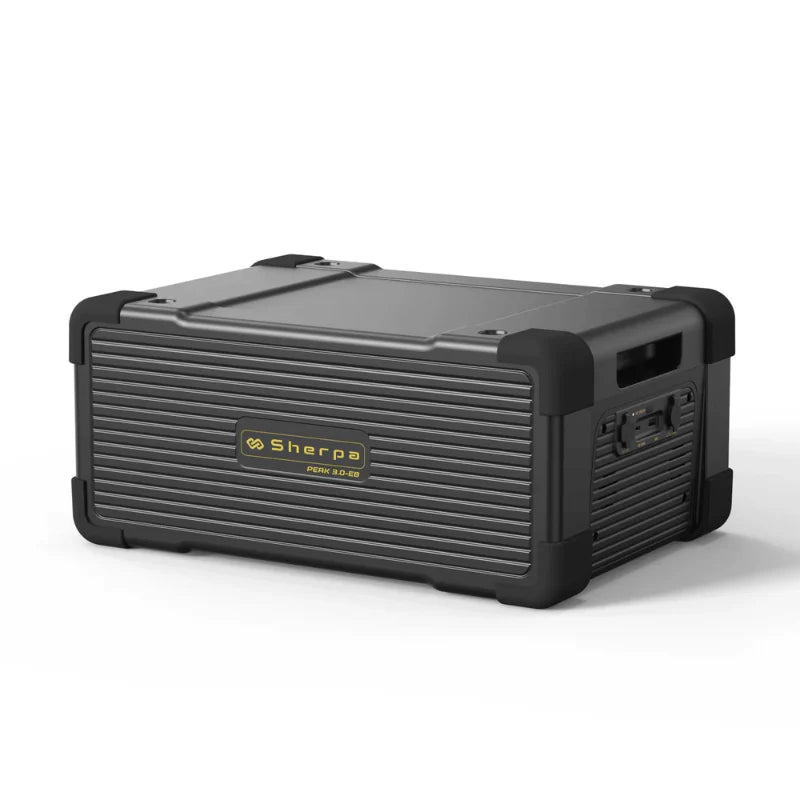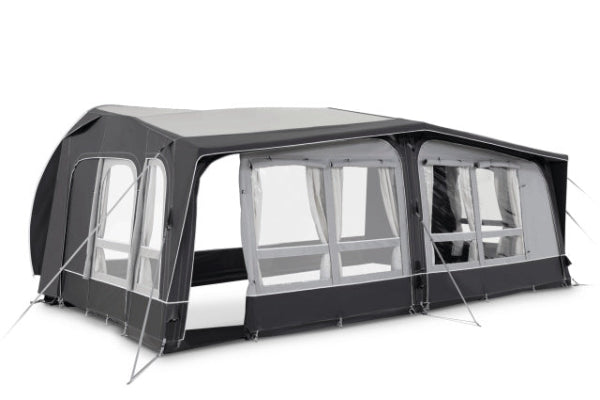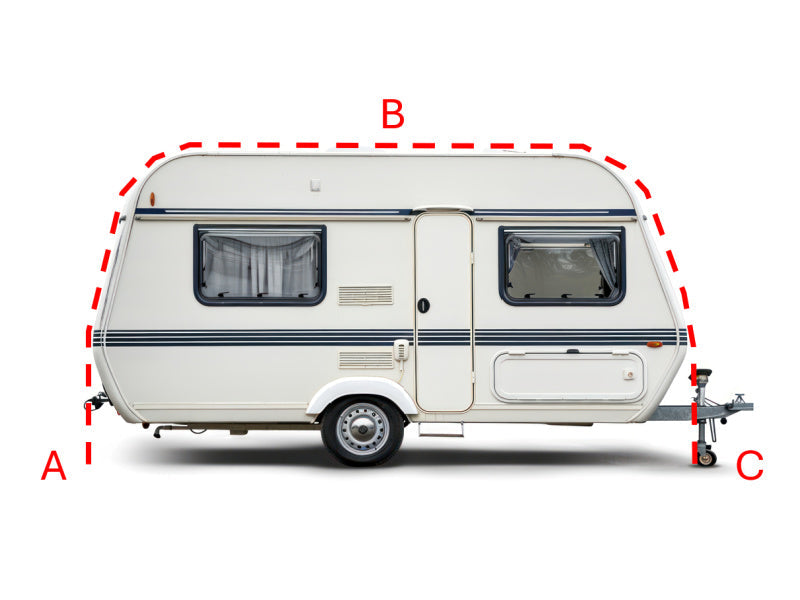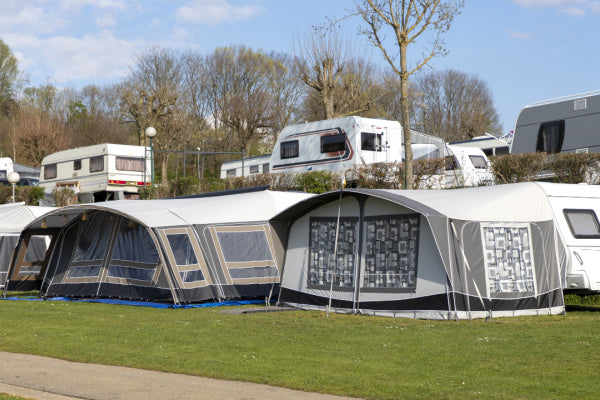What is The Best Battery for Off-Grid Solar Panels?
Dreaming of ditching the grid? The best battery for off-grid solar is lithium-ion—for long life, top efficiency, and less hassle. But lead-acid, saltwater, and even portable power stations have their perks too. Want the perfect match for your rainy UK setup? Stick around—we’re breaking it all down!
Understanding and Comparing Your Off-Grid Battery Options
Why the Right Battery is Crucial for Off-Grid Solar Success
Choosing the right battery for your off-grid solar system is essential. It ensures your renewable energy setup runs smoothly and reliably. With so many options on the market, the key is knowing what suits your energy needs best.
Whether you’re powering a home or a cabin, the battery you select plays a huge role in system performance and independence.

The Role of Deep Cycle Batteries for Sustained Power
Off-grid systems rely on deep cycle batteries. These are designed to release most of their stored energy before needing a recharge.
Unlike car batteries, which are built for short, powerful bursts, deep cycle options handle repeated charging and discharging without degrading too quickly.
Key Terminology: Capacity, Voltage, DoD, and Cycle Life Explained
Capacity shows how much energy a battery stores, usually measured in amp-hours (Ah) or kilowatt-hours (kWh).
Voltage tells you the system’s electrical compatibility—common levels include 12V, 24V, and 48V.
Depth of Discharge (DoD) is how much of that capacity you can safely use without harming the battery.
Cycle Life refers to how many full charge/discharge cycles a battery can handle before its performance drops significantly.
Understanding these terms is crucial when comparing different batteries.
Understanding Battery Efficiency and C-Rates
Battery efficiency impacts how much usable energy you get after charging losses. A high-efficiency battery loses less energy during the charge/discharge process.
C-rate refers to how quickly a battery charges or discharges. For instance, a 1C rate means a battery can be fully charged or emptied in one hour.
Choosing the right C-rate ensures your battery meets your power needs without overloading.
A Head-to-Head Look: Common Off-Grid Battery Technologies
Lithium-Ion (LiFePO4): The Premium Choice
Lithium-ion batteries are top of the class when it comes to performance and longevity. They cost more upfront but make up for it in reliability and ease of use.
Advantages: Lifespan, Efficiency, Depth of Discharge, Weight
-
Lifespan of 10 to 15 years
-
Excellent energy efficiency
-
Deep discharge potential—up to 90% usable capacity
-
Lightweight and space-saving
Disadvantages: Higher Upfront Cost, BMS Requirements
-
Expensive, averaging £500–£1,000 per kWh
-
Require a Battery Management System (BMS) for safe and optimal operation
Best Suited For: Demanding applications, long-term value
Lithium-ion is ideal for households needing dependable, high-performance power over the long haul. They’re especially well-suited for full-time off-grid homes.
Lead-Acid Batteries: The Traditional Option
Lead-acid batteries are a go-to for cost-conscious buyers. They’re familiar, widely available, and recyclable.
Though they require more maintenance and don’t last as long, they’re still a solid choice for many setups.
Flooded Lead-Acid (FLA): Pros (Low Cost) & Cons (Maintenance, Lifespan)
-
Inexpensive: around £100–£300 per kWh
-
Need regular water checks and ventilation
-
Lifespan of about 5 to 7 years
Flooded types are affordable but labour-intensive.
Sealed Lead-Acid (AGM & Gel): Pros (Maintenance-Free) & Cons (Costlier than FLA, Sensitivity)
-
AGM and Gel are sealed and maintenance-free
-
Gel batteries work better in colder climates but cost more
-
More sensitive to charging errors than flooded types
These are great for users who want a “set and forget” system.
Best Suited For: Budget systems, specific temperature conditions (Gel)
Good for those on a budget or for systems in stable, cool environments.
Other Battery Chemistries to Note (Briefly)
Nickel-Iron (NiFe) Considerations
Nickel-Iron batteries are tough and long-lasting. However, they’re bulky, less efficient, and expensive. That makes them less common for standard home systems.
Emerging Technologies (e.g., Flow Batteries)
Saltwater and flow batteries are eco-friendly and offer long cycle life. They’re gaining interest, but remain rare and costly in the UK.
They often require special installation and knowledge, which adds to the setup cost.
Selecting the Ideal Battery for Your Specific Off-Grid System
Key Factors to Drive Your Purchase Decision
Choosing a battery isn’t just about price. Other key aspects affect performance and value over time.

Sizing Your Battery Bank: Calculating Your Energy Needs Accurately
-
Measure your daily energy use in kWh
-
Consider average sunlight hours in your area
-
Choose a battery that covers your nighttime and cloudy-day needs
Avoid under-sizing—this leads to frustration and short battery life.
Total Cost of Ownership: Beyond the Price Tag (Lifespan, Maintenance, Warranty)
Cheaper batteries often mean more maintenance and shorter lifespans.
Long-term savings can come from batteries with longer warranties and lower upkeep.
Environmental Impact and Safety Considerations (Including BMS)
Saltwater and lithium batteries are environmentally safer than older chemistries. Lithium batteries require a BMS, which boosts both performance and safety.
Make sure your installer understands these safety systems.
Temperature Performance in Your Local Climate
The UK’s cold and damp weather can affect battery life. Lithium and saltwater options generally handle this better than lead-acid batteries.
Keep your battery bank in a dry, insulated space for best results.
Scalability for Future Energy Demands
Choose a system that can grow with your needs.
Modular systems like lithium-ion and flow batteries are easier to expand later on.
Matching Battery Type to Your Off-Grid Application
Powering Small Cabins, Tiny Homes, and RVs/Vans
Portable power stations or compact AGM batteries are often best.
They’re low-maintenance and ideal for light use or travel.

Batteries for Full-Time Residential Off-Grid Living
Lithium-ion stands out for long-term reliability, low maintenance, and space savings.
Perfect for homes that need daily power without the hassle.
Considerations for Backup Power vs. Primary Off-Grid Systems
For occasional backup use, sealed lead-acid or portable power stations offer value.
But for full-time use, invest in lithium or saltwater systems to avoid disappointment.
Other content you might like:
- Are Portable Power Stations Worth the Money?
- Portable Power Stations: Pros and Cons
- Are Portable Power Stations Safe?
- How to Compare Portable Power Stations?
- What Is the Most Reliable Portable Power Station?
- How Do I Choose a Portable Power Station?
- Is It Worth Buying a Portable Power Station?
- Are Portable Power Stations Worth It for Camping?
- What Is the Best Power Station for a Campervan?
- What Size Portable Power Station Do I Need for Camping?





Leave a comment